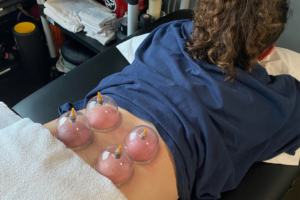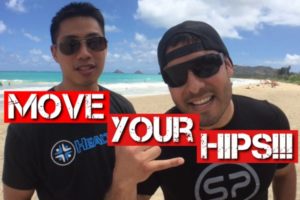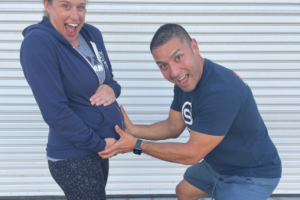Alright, low back pain, enemy number one. At some point in time we are all likely to deal with this. Traditionally the cause of back pain focused on the tissue causing the pain: you have degenerative discs or you have arthritis in your joints. Traditional first line of treatment was rest and medication. If that didn’t work, you would need to get an X-ray and then an MRI.
Studies have even shown that there is not always a correlation between your MRI result and your pain.
Let’s skip to 2018, skip the X-ray and the MRI and the hundreds of dollars you have spent on healthcare up to that point. I can tell you what the X-ray or MRI are going to show for those of us over 25 years old: some joint degeneration, some disc bulges, some narrowing of where our spinal nerve exits the canal. Welcome to the human race. Studies show that people’s perception of their pain and their disability increase, while their hopes for recovery decrease, after viewing their MRI. Studies have even shown that there is not always a correlation between your MRI result and your pain, meaning that there are individuals with degenerative spines on imaging that have no symptoms, no pain, and no dysfunction. Skip that process, it takes a lot of time, doctor visits, and energy. In the meantime, you are missing key information on what to do, like keeping moving, and information on what not to do, like curling up when getting out of bed.
Your back is strong, it will get better, we can help nudge it along.
Most low back pain is non-specific, meaning that it’s a combination of the muscles, ligaments, joints, and nervous system that are making you feel this way and it will get better. Most low back pain will resolve on its own in six to eight weeks if left alone. Your spine and the corresponding muscles and ligaments are strong, emphasis on STRONG! Your spine and core will work for a lifetime and there is inherent strength built into your body. Our number one goal is to reinforce this thought when we see clients for low back pain, your back is strong, it will get better, we can help nudge it along by providing educated care on the path to recovery. Movement can be medicine!
Common causes of low back pain:
- Not moving
- Leg muscle tightness
- Strain on ligaments
- Awkward movement/tweak
- Slept on it wrong
- Postural strain
Low back pain can refer pain to:
- Glutes
- Down one leg
- Down both legs
- Hips
- Upper back
Effective back pain exercises:
- Hamstring stretch
- Glute stretch
- Figure four stretch
- Clamshells
- Sit to stands
- Hip hinges
How to alter your daily activities to avoid making things worse:
- Log roll and sit up from side lying when getting out of bed
- Bend your hips and knee when sitting or getting things off the floor
- Lift and keep loads as close to your trunk as possible
As Doctors of Physical Therapy, there are multiple ways we can help you recover and prevent recurrences of low back pain. We can watch you move, identify improper mechanics and work with you to help access and learn new motor patterns that will turn on the correct muscles and decrease the risk of re-injury. We can help educate you on what YOU can do to improve your pain and limit your dysfunction. This is our greatest gift and the most empowering!
Keep moving!
-Dr. Nick Schroeder, PT, DPT
For more tips on optimizing athletic performance FOLLOW US on:
- Instagram: http://www.instagram.com/SportsPerformancePT
- Facebook: http://www.facebook.com/SportsPerformancePT
- YouTube: http://www.youtube.com/c/SportsPerformancePT










